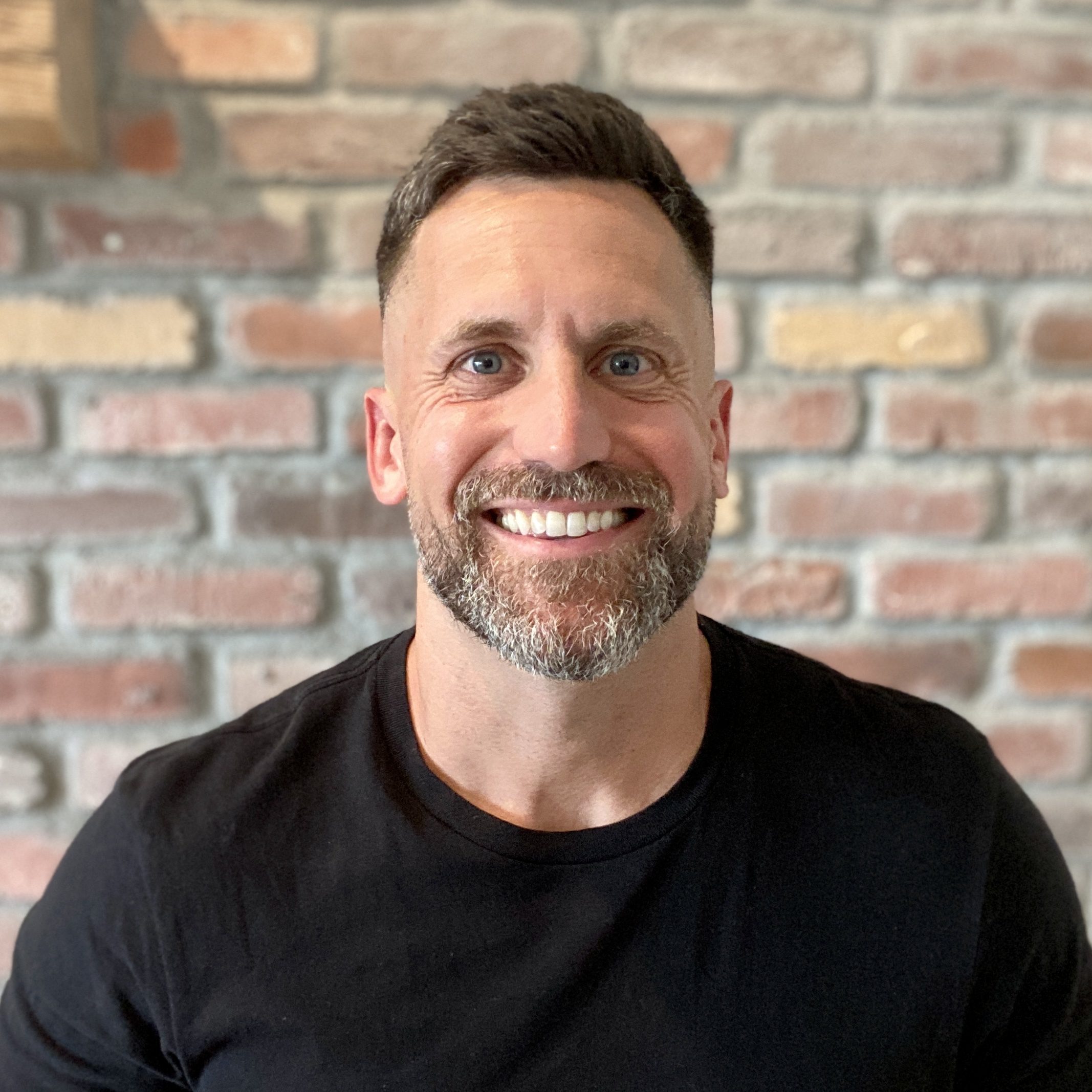Netflix used its Upfront presentation to make one thing clear: its ad business isn’t a side hustle—it’s becoming a core part of its streaming strategy. With over 94 million global monthly active users on its ad-supported tier, up more than 20 million since November, the company is signaling that its ad model isn’t just growing—it’s working.
The growth isn’t surprising. At $7.99 per month, Netflix’s ad tier is less than half the price of its cheapest ad-free plan. What’s more compelling is who’s watching. According to Netflix, its ad-supported tier now reaches more 18- to 34-year-olds than any U.S. broadcast or cable network. And these viewers aren’t just showing up—they’re sticking around, clocking in an average of 41 hours a month.
To keep that momentum, Netflix is rolling out a new in-house ad tech platform called the Netflix Ads Suite. The suite is already live in the U.S. and Canada, with a global rollout expected by June, and it is designed to give Netflix full control over how ads are delivered, measured, and integrated. It allows advertisers to bring in their own first-party data, either directly or through partners like LiveRamp and combines that with Netflix’s audience data for more targeted campaigns.
There’s also a new “clean room” solution for privacy-safe data collaboration, plus access to third-party data via Experian and Acxiom. In short, Netflix is building the kind of infrastructure that allows it to compete on equal footing with the biggest names in digital advertising.
Then there’s the creative side. Netflix is introducing new ad formats—including pause ads and interactive mid-rolls—that leverage generative AI to tailor creative elements to the content viewers are watching. These formats are still in development but are expected to roll out across all ad-supported markets by 2026.
Pause ads, in particular, could be a smart move. Unlike mid-rolls or overlays that interrupt the viewing experience, pause ads appear when viewers have already stopped playback—during snack breaks, phone calls, or toddler emergencies. That downtime becomes an opportunity, not an intrusion. It’s a subtle but meaningful shift in how ad-supported viewing can feel less disruptive and more aligned with user behavior.
“We already have the most important thing: the most engaged audience anywhere,” said Amy Reinhard, Netflix’s president of advertising. And she has a point. Few platforms can combine premium content, global scale, and advanced ad tech in quite the same way.
As other platforms juggle pricing changes, bundling strategies, and churn management, Netflix is focused on refining the ad experience itself. It’s not just trying to monetize more users—it’s building infrastructure to make those ad dollars work harder. With its own tech stack, growing data capabilities, and creative formats designed for the way people actually watch, Netflix isn’t reacting to the market—it’s shaping it.
The Take
Netflix isn’t just scaling its ad business—it’s engineering a model that blends reach, engagement, and precision targeting in ways most streaming platforms are still trying to figure out. By owning the tech stack, leveraging deep audience data, and experimenting with smarter, less intrusive ad formats, Netflix is setting a new bar for what ad-supported streaming can look like.
This matters because it signals a shift in the power dynamics of streaming advertising. Netflix isn’t chasing advertisers—it’s building a system where advertisers will have to come to them. For a platform with global scale and premium content, that’s a compelling proposition. And for the rest of the industry, it’s a reminder: audience size is just the start. It’s what you do with that attention that counts.







